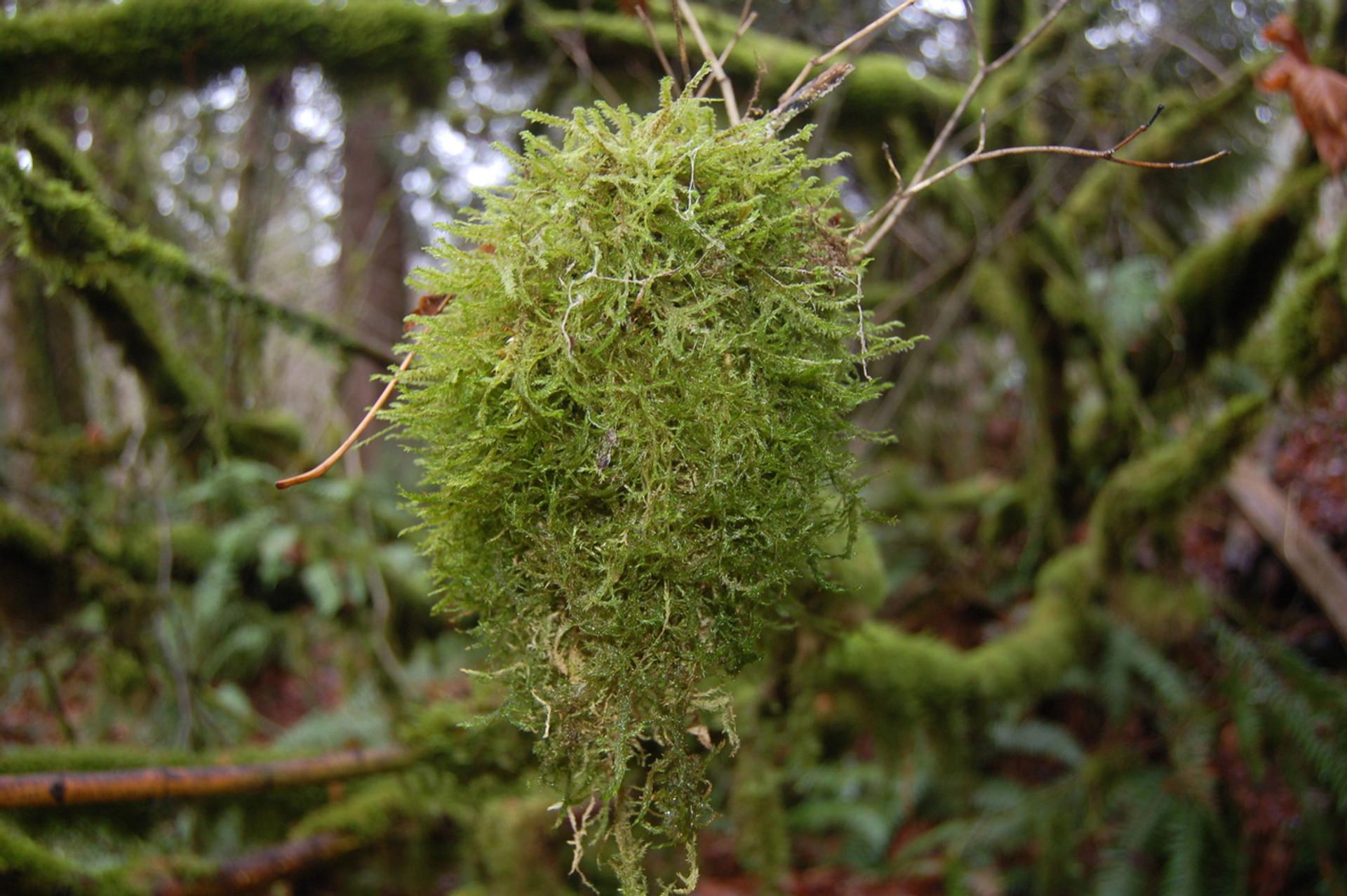
moss_002__69747.1382586583.jpg from: https://kiginursery.com/live-moss/isothecium-stoloniferum-tree-moss/
Exploring the Fascinating World of Macromitrium stolonigerum Moss
Introduction
Mosses are some of the most ancient and resilient plants on Earth. One particularly interesting species is Macromitrium stolonigerum Müll.Hal., a moss in the Orthotrichaceae family. Also known simply as Macromitrium, this moss has some unique characteristics worth exploring. In this post, we’ll dive into the details of M. stolonigerum and discover what makes it so special.
Background on Mosses
Before we get into the specifics of M. stolonigerum, let’s review some background on mosses in general. Mosses are non-vascular plants in the division Bryophyta. They lack true roots, stems, and leaves, instead having structures that serve similar functions. Mosses reproduce via spores rather than seeds and are found in a wide range of habitats around the world.
Morphology and Identification
M. stolonigerum is a pleurocarpous moss, meaning its reproductive structures (sporophytes) grow from the sides of the stems rather than the tips. The stems are creeping and branched, with small, crowded leaves. The leaves are lanceolate (lance-shaped) and have a single costa (midrib). The leaf margins are entire (smooth).
The sporophytes of M. stolonigerum are quite distinctive. They are long and cylindrical, borne on a seta (stalk) that emerges from a perichaetium (cluster of modified leaves). The capsule is ribbed when dry and has peristome teeth in multiples of 8.
Global Distribution and Habitat
M. stolonigerum has a wide distribution, being found in tropical and subtropical regions around the world. It commonly grows on tree trunks and branches as an epiphyte, meaning it uses the tree for support but does not parasitize it. The moss can form extensive mats on its substrate.
This species is able to tolerate a fairly wide range of environmental conditions, but thrives in humid forests with moderate light levels. It is not tolerant of freezing temperatures or prolonged drought.
Ecological Roles and Adaptations
Like other mosses, M. stolonigerum plays important roles in its ecosystem:
- Moisture retention: The dense mats help trap and retain moisture, regulating humidity in the microenvironment.
- Substrate for other epiphytes: The mats can serve as a substrate for other epiphytic plants to root into.
- Nutrient cycling: Mosses are involved in breaking down organic matter and releasing nutrients back into the ecosystem.
M. stolonigerum has several adaptations that allow it to thrive as an epiphyte:
- Absorptive surface: The entire surface of the moss can absorb water and nutrients, compensating for the lack of roots.
- Desiccation tolerance: The moss can dry out completely and rehydrate when moisture is available again.
- Lightweight spores: The small spores are easily dispersed by wind to reach new substrates.
Conclusion
Macromitrium stolonigerum is a fascinating moss species with a unique morphology and a wide global distribution. Its ability to thrive in tropical and subtropical forests as an epiphyte demonstrates the incredible adaptability of mosses. The next time you’re in the woods, take a closer look at the tree trunks and branches around you – you just might spot a patch of Macromitrium making its living on its arboreal perch! What other amazing bryophytes might be out there waiting to be discovered?